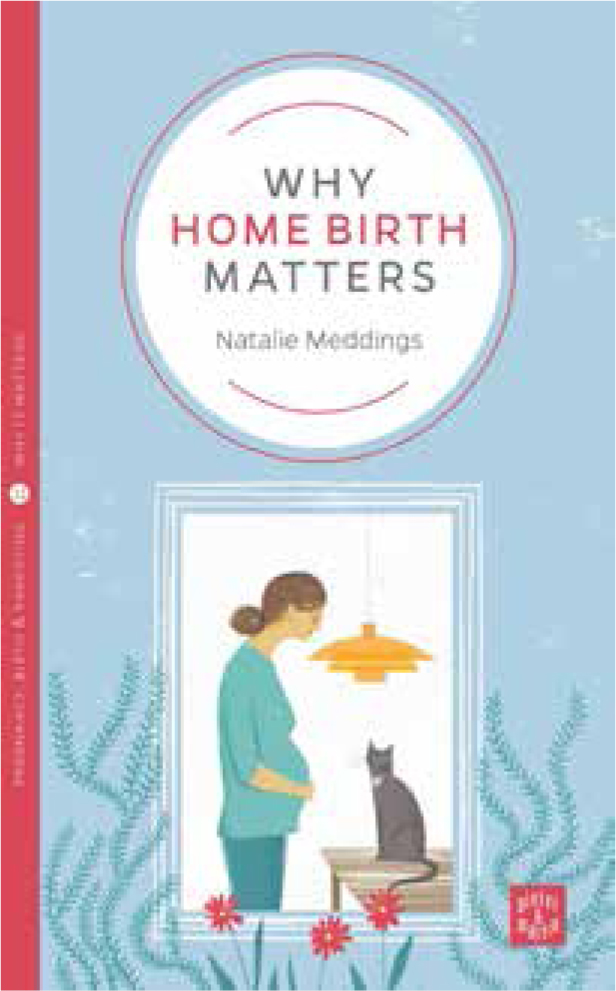Why Home Birth Matters

I was excited to read and review this book, being particularly relevant to me and my area of practice. The book covers what it says on the tin: why homebirth matters!
This book is written for women, but would be an enlightening read for midwives looking to reignite their passion for birth and what it means for women. It is also a must-read for new students starting out in midwifery, with birthing stories interlaced throughout the book. The book introduces the topic with common assumptions about the phrase ‘home birth’ and starts to dispel the myths and assumptions surrounding the topic almost immediately.
Chapter topics are chosen well, with a logical flow throughout the book. Content is mainly based on the author's experience, both of supporting women and birthing. Guidelines are discussed, as is the promotion of homebirth as a realistic choice for women, with some of the pitfalls of hospital birth described, including a woman's need for privacy, comfort and need to move around. The author sees birth as normal function, which can only be positive!
The woman's right to choose the place of birth is emphasised throughout the book, which made me wish that everyone would read this, including midwives, obstetricians and women themselves. The book highlights that there may be discussions and extra plans to be made for women with complex factors, and encourages women to read and absorb evidence in order to make decisions based on personal risks.
A common theme running through the book is that women sometimes have to be firm in order to be ‘allowed’ to birth at home, especially when service provision is minimal. I would have liked to read more positive stories of evidence-based decision-making with the midwife as an advocate, as I am sure it is happening in many places! Women with previous caesarean birth may not have a full discussion of birth planning and referral to a relevant professional is indicated for women with complex factors, so I would have liked to see more discussion of this in a positive manner, as the discussions with doctors described in the book had a negative feel around them.
I loved the chapter on preparing for birth, with the emphasis on emotional preparation and physical comforts that allow birth to happen as it has for years and years, before technological advances and birth in hospital became commonplace. Birth plans are encouraged, with a wishlist/letter format advised. The use of a doula is also encouraged, perhaps because the author is a one herself.
I had mixed emotions when reading the chapter on ‘The Birth’. Experiences of going into labour were well written, I found the idea of active labour as a state you enter like a room, a perfect description of labour building. More discussion of a midwife's ‘routine’ checks would have been beneficial, as well as the midwife's obligation to ensure the wellbeing of mother and baby. Safe care is imperative, and I felt the book could have done more to highlight this. However, the birth is described as a positive, life-changing experience, with plenty of tips to manage labour. Tranquillity and oxytocin production are key to labour, and this book is particularly effective in describing that throughout.
The chapter on changing plans due to ‘Forks in the Road’ was well written, and covered common reasons women might be advised to birth in hospital, which is important in a book covering home birth, a contingency plan. I would have liked to see more positive stories of transfer to hospital, to maintain the balance.
Overall, this is a comprehensive book, covering all aspects of homebirth, including practical advice as well as tips for ensuring an emotionally calm and focused birth. I would be happy to recommend this book, and will be sharing it with my colleagues.

